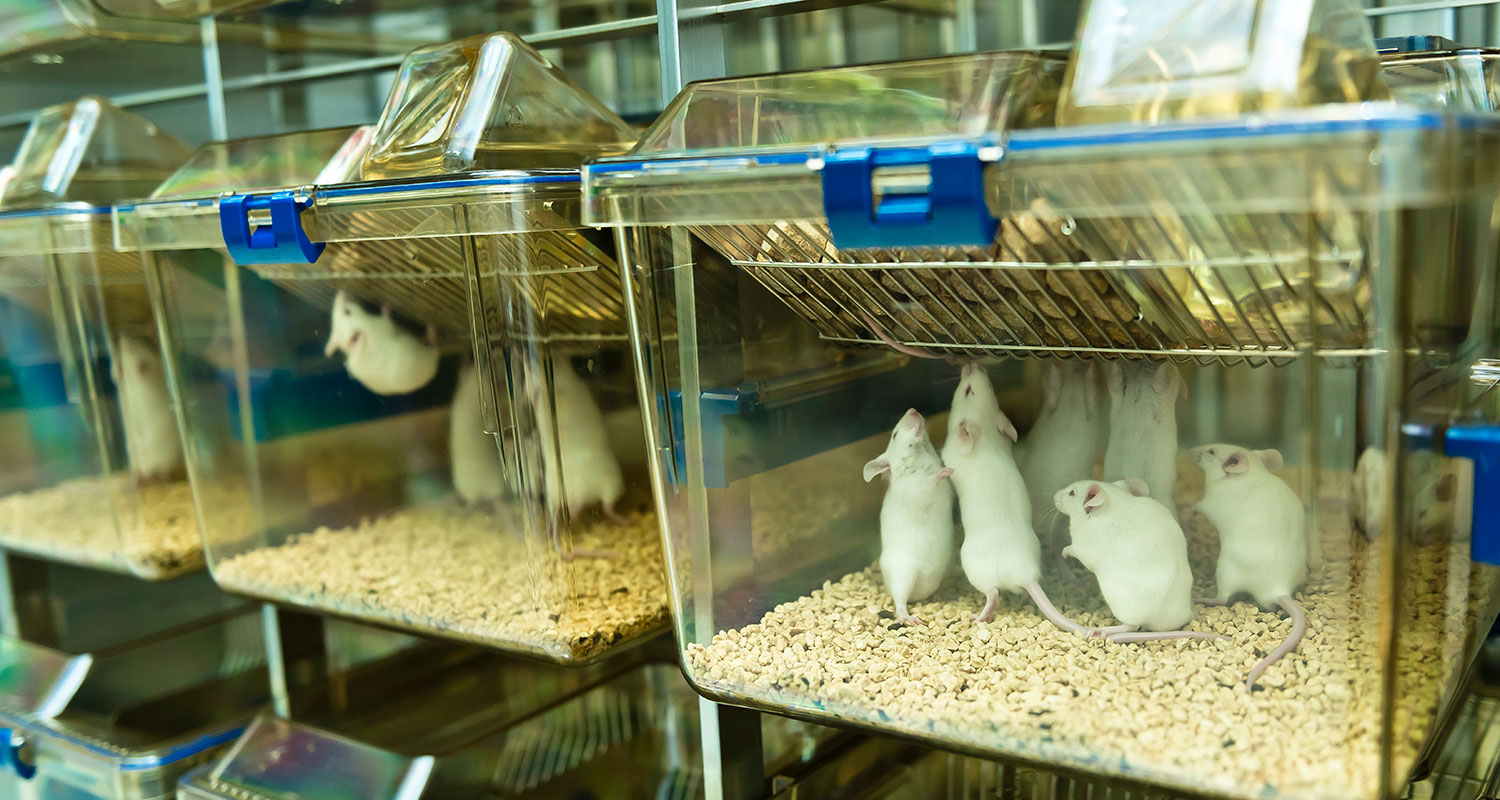Protect Your Research—Protect Your Animals
Noise, ultrasonic noise, and vibration are constant in research facilities—from lab activities to equipment and construction. But when levels exceed safe thresholds, the consequences are serious: compromised animal welfare, disrupted research, and unreliable data. The Guide for the Care and Use of Laboratory Animals (2011) underscores these risks, referencing noise 39 times and vibration 28 times.
The Hidden Threat to Your Animals & Data
Excessive noise and vibration can cause hearing loss, immune suppression, disrupted sleep, increased stress hormones, and even decreased pregnancy rates. These invisible stressors don’t just affect animals—they undermine the integrity of your research.
You Can’t Fix What You Don’t Measure
Detecting and mitigating these risks requires specialized tools and expertise—not smartphones or common lab devices. At Turner Scientific, our team of experts is dedicated to monitoring and controlling these environmental factors 24/7. We assess noise and vibration within the species-specific perceptual range, ensuring that what your animals actually experience is what matters—not just what standard equipment can detect.
The Solution: Sensory Sentinel™
We don’t just advise others—we hold ourselves to the same standards. Our Sensory Sentinel™ system continuously tracks noise and vibration in our own vivarium, allowing us to maintain a controlled environment for meaningful research.
If noise and vibration are affecting your studies, don’t wait. Contact us today to take control of your research environment with expert-driven monitoring and mitigation.
For a deeper dive, read our white paper: Noise and Vibration in the Vivarium: Best Practices for Minimizing Negative Impacts on Animals and Research by Dr. Jeremy Turner.
US Patent No 12,317,865

